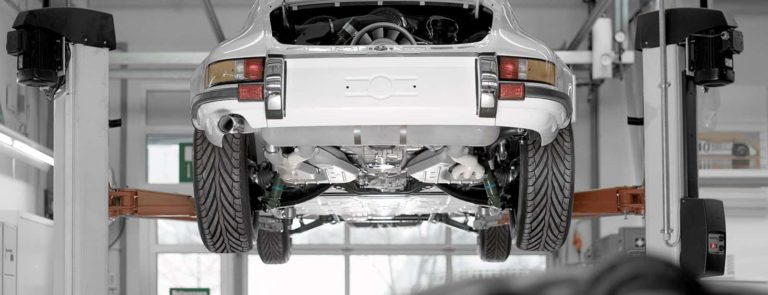
T
hough we spend ample time examining consumer-based AR endpoints, greater near-term impact is seen today in the enterprise. This takes many forms including camera commerce and collaboration. But the greatest area of enterprise AR impact today is in industrial settings.
This includes AR visualization to support assembly and maintenance. The idea is that AR’s line-of-sight orientation can guide front-line workers. Compared to the “mental mapping” they must do with 2D instructions, line-of-sight support makes them more effective.
This effectiveness results from AR-guided speed, accuracy, and safety. These micro efficiencies add up to worthwhile bottom-line impact when deployed at scale. Macro benefits include lessening job strain and the “skills gap,” which can preserve institutional knowledge.
But how is this materializing today and who’s realizing the above enterprise AR benefits? Our research arm ARtillery Intelligence tackled these questions in its report: Enterprise AR: Best Practices & Case Studies, which we’ve excerpted below, featuring Porsche and Atheer.
Enterprise AR: Best Practices & Case Studies, Volume I
Doubling Down
To return to and drill down on a figure we’ve examined in the past, Porsche has reduced service resolution time by 40 percent by equipping its mechanics with AR glasses for guided maintenance. It works with Enterprise AR specialist Atheer to customize its AR program.
This includes line-of-sight instructions and reference material for complex maintenance procedures like replacing a transmission. Given the costs of dispatching high-end mechanics, this service-time reduction added up to meaningful savings when executed at scale.
Now a few years later, it’s evident that Porsche has internalized this ROI boost and taken real action to invest in AR. It has doubled down on the technology by renewing its commitment and boosting its AR usage 3X according to Atheer, which reported the milestone to AR Insider.
XR Talks: Porsche’s 40% AR-Fueled Performance Boost
Think Like a Marketer
Porsche’s follow-on investment holds a few key lessons. First, the financial commitment is a notable indicator that AR is working. But beyond that fact, Porsche got over the hump of the dreaded “pilot purgatory,” and was able to achieve the rare feat of full AR deployment.
For those unfamiliar, Pilot purgatory happens when enterprise “innovation hubs” bring in AR but then fail to achieve a critical mass of organizational adoption. It’s usually a function of top-down planning, and poor internal communication to tech-averse front-line workers.
Porche and Atheer overcame this challenge by treating the AR rollout like a marketing campaign. The way Atheer puts it, it’s all about “thinking like a marketer” in all internal communications. This marketing approach can help enlist and excite stakeholders at all levels.
“Porsche brands everything as ‘Tech Live Look’,” said Atheer CEO Amar Dhaliwal. “So everything they do — every press release, every analyst briefing — they talk about the program. The posters and packaging…,when glasses go out….everything is branded.”
AR Briefs, Episode 48: Enterprise AR Case Studies
Silver Bullet
The other noteworthy best practice that Porsche has demonstrated is to deploy AR sparingly and deliberately where it can have the most impact. Though that sounds obvious, AR isn’t a silver bullet: it follows the dynamics of any market sector in requiring good product/market fit.
In that sense, Atheer’s playbook stresses the need to find areas where AR’s strengths align. For example, it reports that AR is great for guidance but not for training. As a quick point of comparison for perspective, VR has a proven ability to boost knowledge retention in training.
AR conversely doesn’t add value in training in advance for jobs that involve repetitive, simple tasks like changing your oil. But it can have impact with live guidance. That includes complex, non-repetitive tasks like — again — replacing your transmission. It’s all about aligning goals.
“We’ll start by asking ‘what is it that you’re trying to do?’” Dhaliwal said. “If they’re trying to do something that sounds better for training, we’ll say we’re not the right partner for you, because deploying this technology to solve this problem will not have the ROI you’re looking for’.”
We’ll pause there and circle back in the next report excerpt with another case study…






